Archive Biographies
Biographies of notable chiropodists and founding members of the College, from the Archives
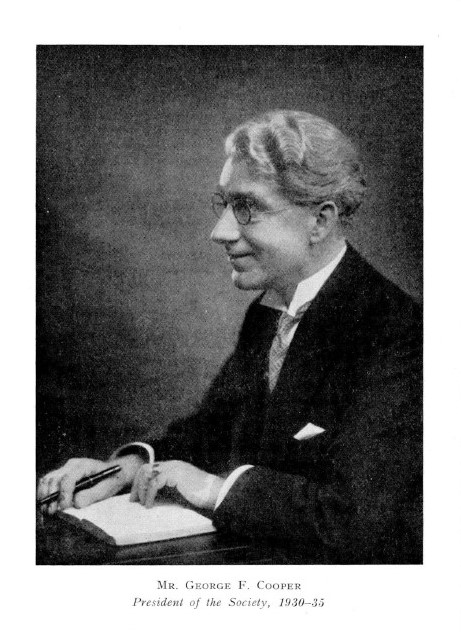
George Cooper
President, Incorporated Society of Chiropodists, 1930-1935
George Cooper
He served in the military during World War I and the archive holds the photograph of him (below) with a barrage balloon. George Cooper is marked, far right.
He died in 1970.
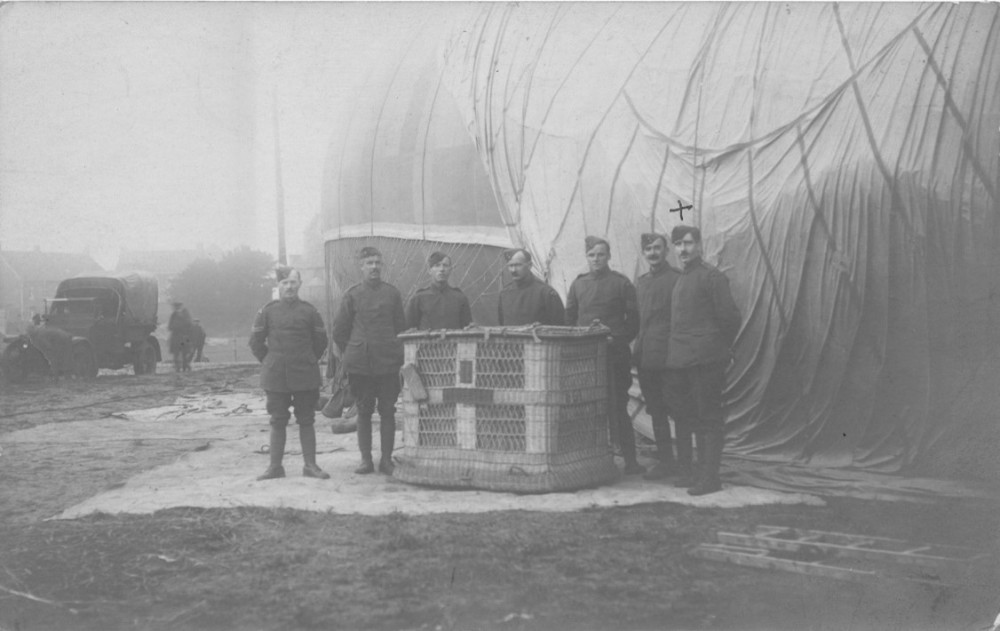
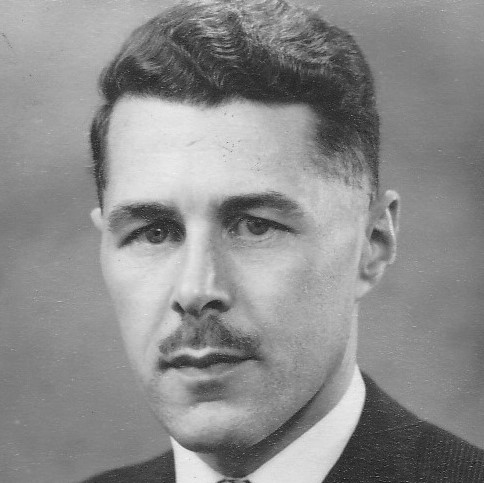
Colin Dagnall 1927-2020
Historian of the Profession
Assigned: 26.06.2020
Colin Dagnall
John Colin Dagnall was highly recognised within the profession and published an independent journal (British Journal of Chiropody) for many years and lectured internationally. He was also for many years an active and elected member of the Chiropodists (CPSM) Board.In July 2008, Cohn Dagnall's library came under the hammer at Bloomsbury Auctions, London and representatives of the CoP bid for sundry items. Subsequent to the auction, the lion's share of the collection was acquired. This was added to the College archive and formed a valuable resource for present and future generations of historical researchers and a source of entertainment and edification for members. Find out more.
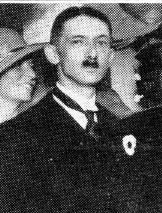
John Dixon-Payne
President of the Incorporated Society of Chiropodists 1922-1925
John Dixon-Payne
John Dixon-Payne was President of the Incorporated Society of Chiropodists from 1922-1925. He was particularly active in the Pedic Clinic and had been editor of the journal.
His wife was also a chiropodist and was the third generation of female chiropodists. She was a member of the Council in the later 1920s and early 1930s and was active in the school committees.
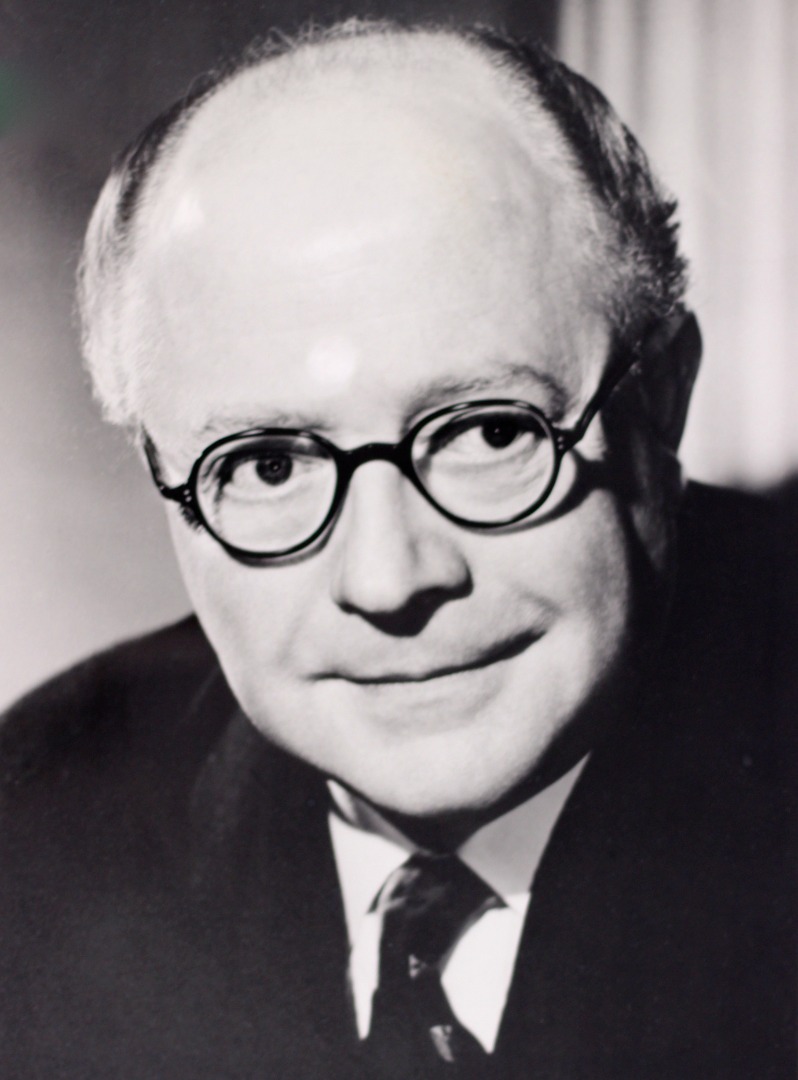
John Richard Hall
President, Society of Chiropodists, 1945-1956
John Richard Hall
When it was decided to separate the offices of President and Chairman of Council, he became the first Chairman. The Benevolent Fund was a cause dear to his heart and he was a trustee for 25 years.
He died in March 1975.
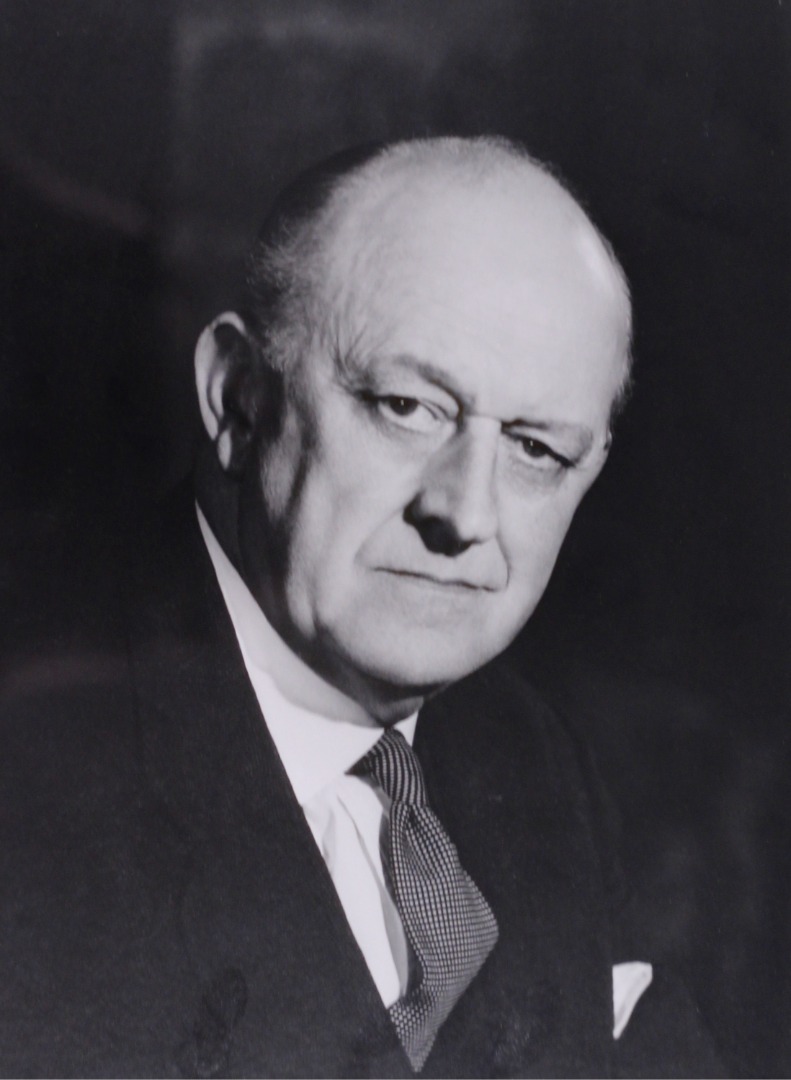
John Hanby OBE
President, Incorporated Society of Chiropodists, 1935 - 1956
John Hanby OBE
John Horace Hanby was born in Leeds in 1892. He attended the School of Chiropody at the London Foot Hospital and qualifed in 1920. The 1921 census listed him working at Harrods as a chiropodist. In 1935 he was appointed chiropodist to Guy's Hospital. He was also twice superintendent of the London Foot Hospital.
His Presidency of the Incorporated Society began in 1935 and he was the first President of the Society of Chiropodists which was formed in 1945.
In 1949 he co-authored the seminal text Principles of Chiropody with H E Walker.
He was awarded an OBE in 1963 and died in 1971.
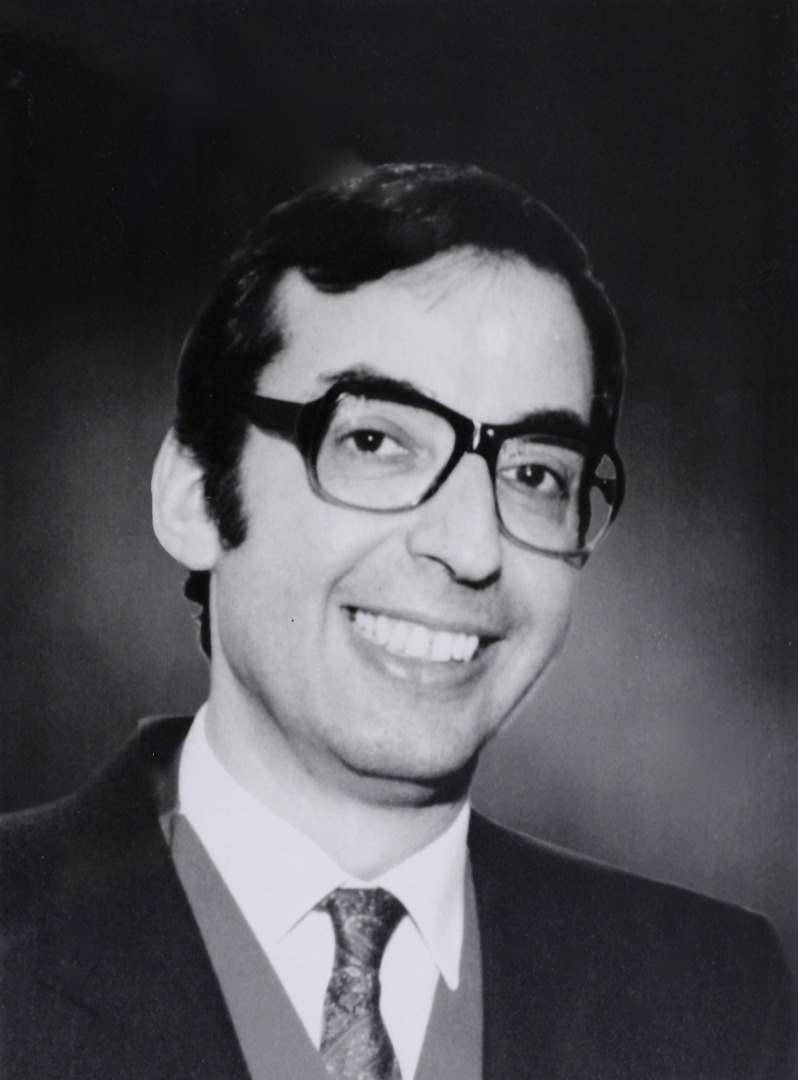
Malcolm Jayson
President, 1983 - 1996
Malcolm Jayson: President, 1983 - 1996
Professor Jayson was born in 1937 in Manchester. He was President of the Society of Chiropodists from 1983-1996. He was Professor of Rheumatology at the University of Manchester from 1977.
He was also a prolific author of both books and scholarly articles. He was very interested in foot problems and had close links to the University College Salford School of Podiatry.
He died in 2023.
Profile
The following profile was published in The Chiropodist in 1994.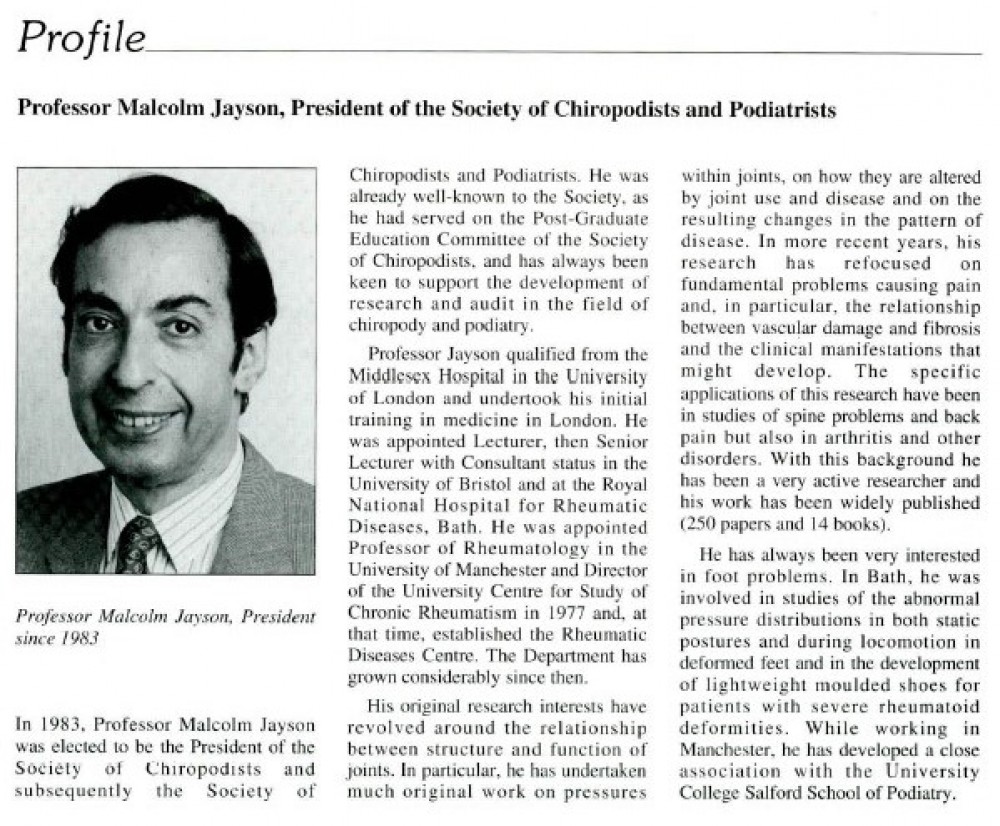
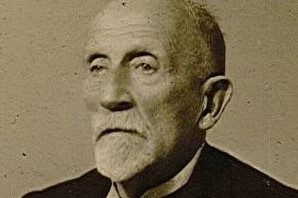
Dr Arnold Whitaker Oxford 1854-1948
Co-founder of the National Society of Chiropodists
Assigned: 02.07.2020
Dr Arnold Whitaker Oxford
Born in Keynsham and educated at Bristol Grammar School, he subsequently read theology at Christ Church, Oxford. After graduating he was ordained as a priest in 1878. By 1904 he had become disillusioned with his position as a clergyman and eventually took up medicine, obtaining a medical degree and becoming a governor of Charing Cross Hospital.
Oxford met the chiropodist Ernest Runting after receiving a treatment and was very impressed with Runting’s vision for the future of the profession. Consequently, the two worked together to found the National Society and ultimately the London Foot Hospital.
He was also a prominent Freemason and co-founder of the Post Curam Otium Lodge for chiropodists in 1927.
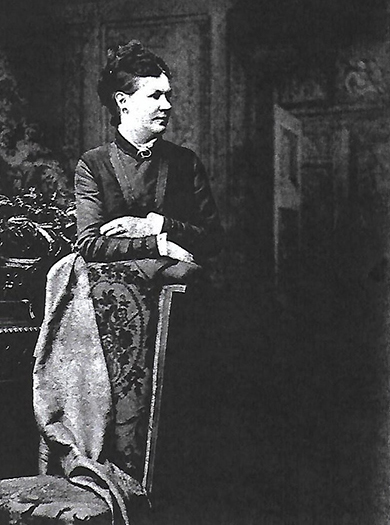
Fanny Potter 1832-1882
Podiatrist, and mother of Ernest Runting
Fanny Potter
Fanny Potter is a name that should figure prominently in the history of podiatry. Not only was she the mother of one of the founders of the Society, Ernest Runting, but she was also a renowned and respected podiatrist in her own right. In fact, she was at the very height of her profession during the mid-nineteenth century, a podiatrist to nobility and royalty; and this included Queen Victoria.
The College’s archives have a collection of personal papers from the Runting family which include Fanny Potter’s 1849 Diary, photographs, as well as facsimiles of pages from her account books.
It is clear that Miss Potter/Mrs Runting's achievements in the field of podiatry were remarkable, particularly as other contemporary accounts show that podiatrists were not always held in great esteem. In fact, even Dickens lampooned the profession with his creation of Miss Mowcher in “David Copperfield.” Fanny’s success is perhaps even more remarkable as it took place during a time when women had few rights and hardly any were able to work in a professional capacity.
Her legacy was indeed considerable as Miss Potter/Mrs Runting also founded a dynasty, having trained both her sons in the profession; and this ultimately led to the founding of the College.
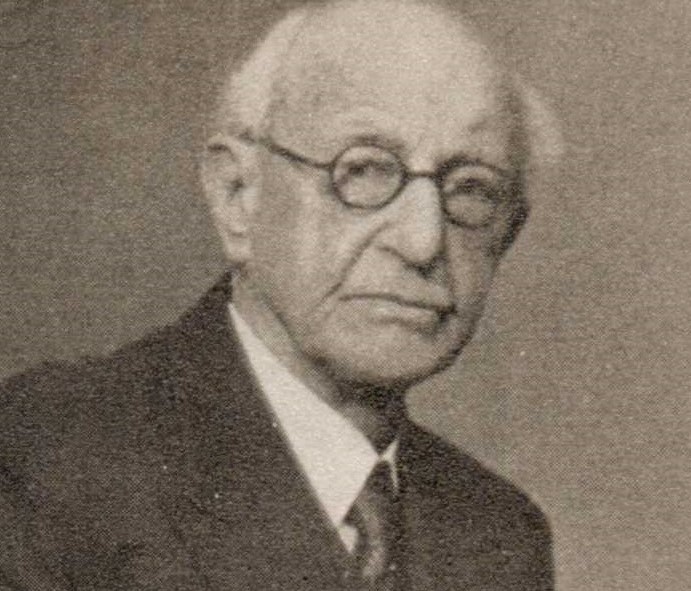
Ernest Runting 1861-1954
Co-founder of the National Society of Chiropodists
Ernest Runting
Born in London, Ernest Runting was the son of William Runting (a dentist) and Fanny Maria Potter, a chiropodist who regularly treated the Royal Family. At fifteen, Runting was apprenticed as a naval cadet, serving for five years. On the death of his father, in 1881, his mother bought him out of the service and trained him in chiropody.
In 1884, Runting set up his first practice in South Kensington but harboured ambitions to elevate chiropody into a respected profession in line with developments in the United States.Together with a former patient (Dr Arnold Whitaker Oxford), Runting formed the National Society of Chiropodists in 1912. Further plans saw the Silver Street Pedic Clinic opened in 1913 with clinical training established. Ideas for a school of chiropody had to be shelved due to the advent of the First World War. However, Runting was instrumental in providing the War Office with advice on the treatment of soldiers’ feet and consequently wrote Battalion Chiropody: Training and Practice in 1918. Runting and Oxford were regarded as founders of the London Foot Hospital.
Runting published the classic chiropodial text Practical Chiropody in 1925 and wrote many papers and articles on the subject. Extracts from his regular column in the journal The Chiropodist were published in the 1932 book Chiropody Jottings.
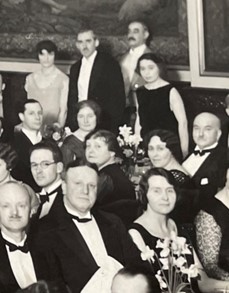
W H Taylor
President, Incorporated Society of Podiatrists, 1925 - 1930
W H Taylor
William Henry Taylor (standing in a dinner jacket) was born in South Norwood, Surrey. In 1925 he became both editor of The Chiropodist and then elected President of the Incorporated Society. In 1928 he was inaugurated into the Post Curam Otium Lodge.
His Presidency ended in 1930 and in 1935 he resigned from Council. He married Miss G Batchelor in 1940 and passed away in 1956.
At the Annual Dinner in 1928, Norman C Lake gave a toast to Taylor saying:
During the three years that Mr Taylor had been in office the most important changes had been the extension of the training period of students from six months to a year; certainly a change for the better. Further Mr Taylor had shown great interest in promoting the work of the various branches, especially those of Edinburgh and Liverpool.
He had also expended a great amount of energy in endeavouring to raise the general status of members of the profession; while during his term of office the Hospital had been transferred from the control of the Society to that of a lay committee, thus placing itself on a par with most of the other great London hospitals.
Then, there had been changes in the Articles of Association of the Society which had an important bearing upon the future, as well as re-organisation of the whole procedure of examinations which was also very badly needed.
When one realised that Mr Taylor had had to neglect his practice in order to spend a great deal of time at the Foot Hospital in Charlotte Street; that he not only attended to his official presidential duties, but that he actually worked as an ordinary clinician in the clinic, then no praise could be too much.
In addition, Mr Lake reminded those present that never before in the history of the Society had its relationships with his own profession been upon such friendly terms.
During Mr Taylor's year of office, the first provincial convention had been held at Manchester, followed by a second one at Leeds.
One heard a great deal about strong silent men. That conjured up in his mind the picture of a dumb man manipulating a dumb-bell. Mr Taylor was not of that type. He was rather a man of quiet efficiency, and he had proved during his term of office that it was possible to be extraordinarily efficient without shouting it from the house-tops. He assured Mr Taylor that that quiet type of efficiency which he had so ably displayed during the past three years was greatly appreciated.
The Society owed a great debt of gratitude to the President for all that he did on its behalf; certainly in proposing the toast, Mr Lake felt that members of the Society had a President worthy of their regard, their respect and their admiration, and he therefore asked them to drink enthusiastically to the toast of "The President".
(From The Chiropodist, 1928?)
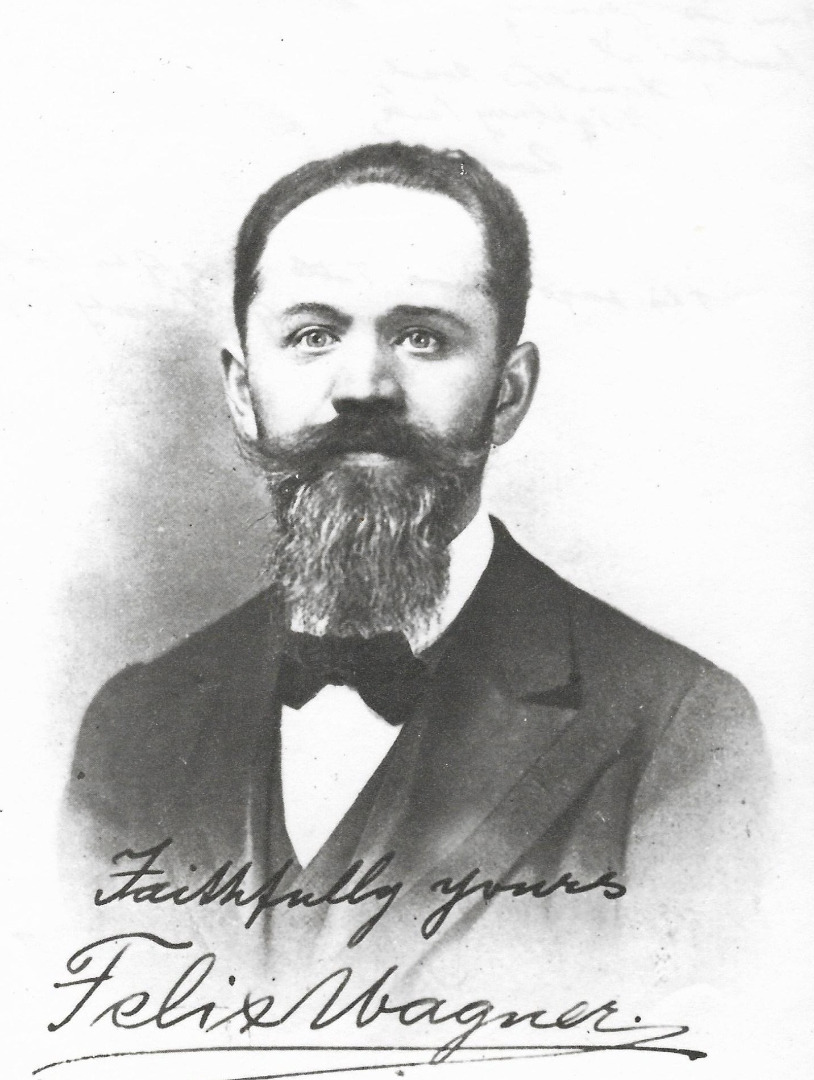
Felix Wagner 1863-1913
Vice-President of the National Society
Felix Wagner
Felix Wagner was a German-born chiropodist who was an enthusiastic promotor of the profession. He was Vice-President of the National Society. In 1913, in their first annual report he was mentioned in the following paragraph: “The hearty thanks of the Society are due to Mr E G V Runting and Mr Felix Wagner who have generously contributed a number of standard books appertaining to the treatment of the foot, forming the nucleus of a library…”. The archive still holds items donated by Wagner.
Following Wagners's death in 1913, the 1914 edition of The Chiropodist reported: “To the day of his death, he was enthusiastic and full of optimism regarding our future and his removal at a comparatively early age leaves a blank that it will be difficult to fill.”
Wagner wrote the seminal text A Handbook of Chiropody Giving the Causes and Treatments of Corns published in 1903. It was the first such text to be illustrated with photographs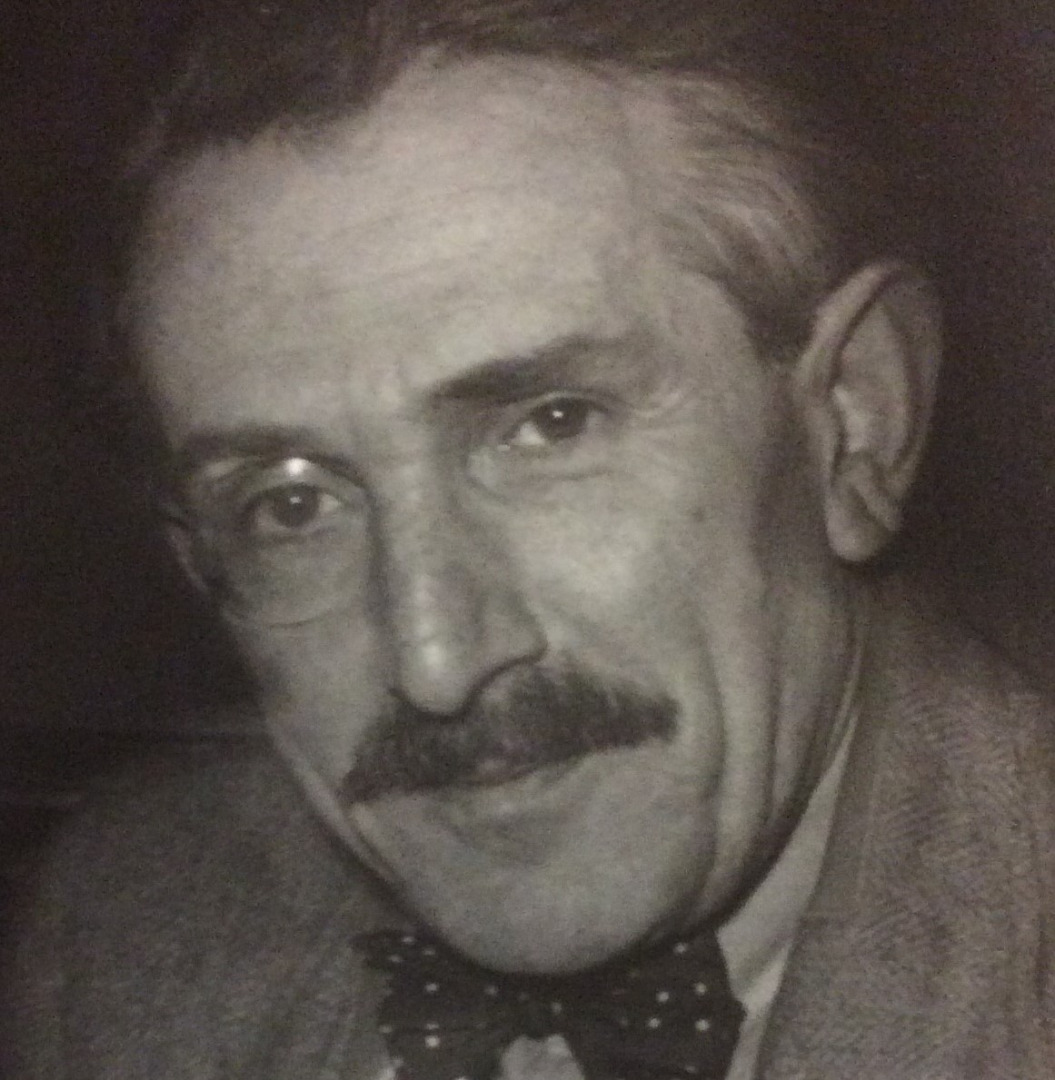
Walter Seelig 1898-1955
Historian of the Profession
Assigned: 02.07.2020
Walter Seelig
Mr. Seelig together with his wife, ran a chiropody practice in Birmingham during the late 1940s and early 1950s. Mr. Seelig had been a well-known barrister in Germany until the Nazi regime forced him out of the profession. Thereafter, he studied chiropody in Berlin and eventually escaped to this country. However, he was interned as an “enemy alien” on the Isle of Man from July 1940 to March 1941.
Apart from his practice of chiropody, he was a great student of the history of the profession and had amassed a fine collection of old books, prints, micro-films, etc on which he was constantly working. He was granted the Runting Exhibition Award in 1952.
The current Royal College of Podiatry archive (CHoPM) holds a substantial part of his collection of historical books and documents. Find out more.
